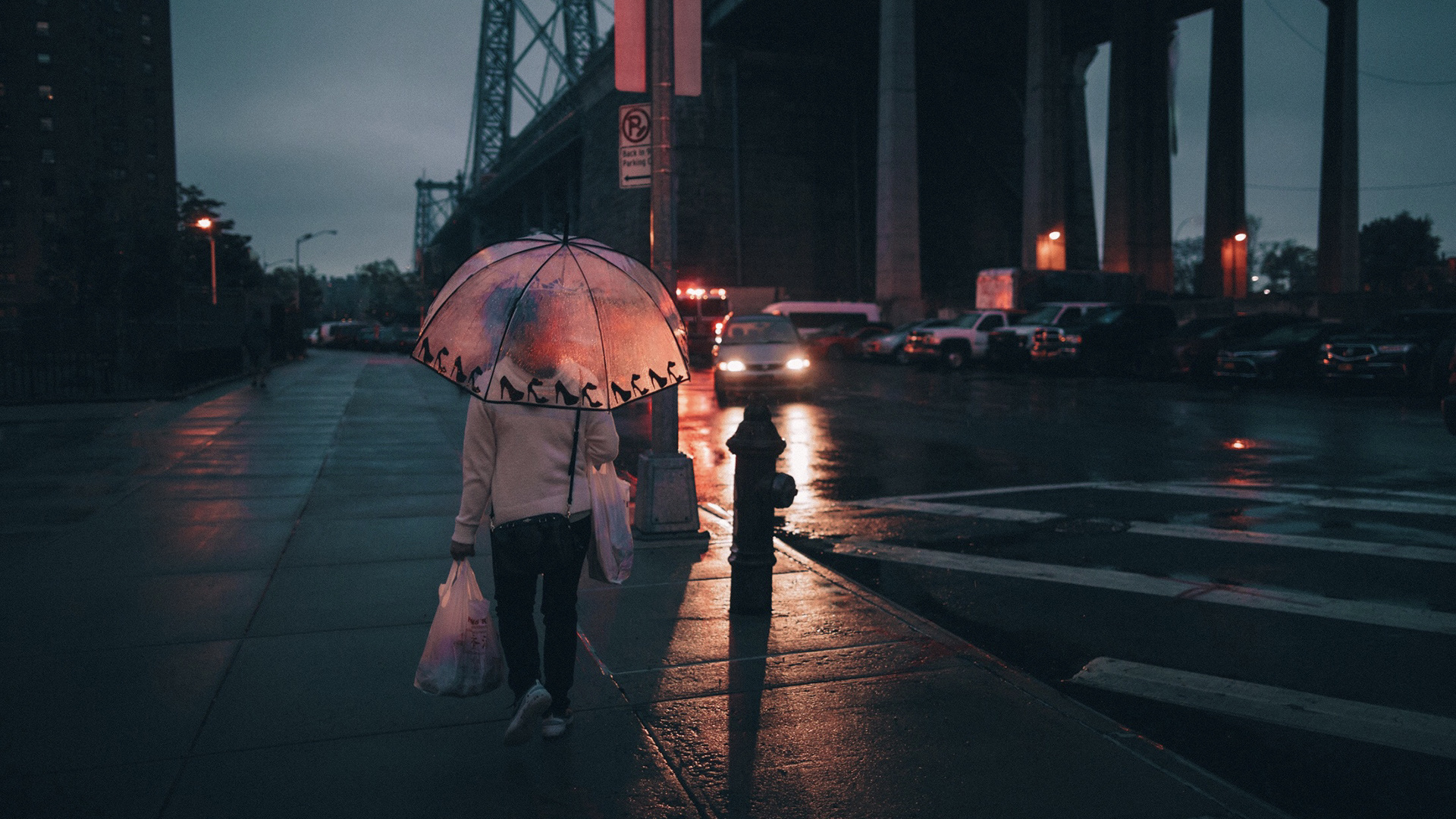Street Photographers Fundamentals Explained
Street Photographers Fundamentals Explained
Blog Article
The Ultimate Guide To Street Photographers
Table of ContentsHow Street Photographers can Save You Time, Stress, and Money.The Ultimate Guide To Street PhotographersThe Greatest Guide To Street PhotographersWhat Does Street Photographers Mean?Some Ideas on Street Photographers You Need To Know
Road digital photographers do not always have a social objective in mind, but they prefer to separate and catch minutes which could otherwise go undetected.He was influenced by several of those who influenced the street photographers of the 1950s and '60s, he was not primarily interested in recording the spirit of the road., that worked side by side with photographers attempting to catch the significance of city life.
Due to the fact that of the comparatively primitive technology readily available to him and the long direct exposure time required, he struggled to catch the stress of the Paris roads. He explore a series of photographic approaches, attempting to discover one that would certainly allow him to catch activity without a blur, and he found some success with the calotype, patented in 1841 by William Henry Fox Talbot. While the photographers' topic was basically the exact same, the outcomes were markedly different, demonstrating the impact of the digital photographer's intent on the character of the pictures he produced.
Given the fine top quality of his photos and the breadth of product, designers and musicians frequently purchased Atget's prints to use as referral for their own work, though industrial passions were barely his major motivation. Instead, he was driven to photograph every last residue of the Paris he liked.
Street Photographers Things To Know Before You Get This
They reveal the city through his eyes. His job and basic understanding of photography as an art form acted as ideas to generations of digital photographers that complied with. The future generation of street digital photographers, though they likely did not refer to themselves as such, was ushered in by the photojournalism of Hungarian-born digital photographer Andr Kertsz.
Unlike his peers, Brassa made use of a larger-format Voigtlnder camera with a longer exposure time, requiring him to be more computed and thoughtful in his technique than he could have been if using a Leica.
Cartier-Bresson was a champion of the Leica cam and among the first professional photographers to maximize its abilities. The Leica permitted the digital photographer to interact with the environments and to record minutes as they occurred. Its reasonably tiny dimension likewise helped the professional photographer fade into the history, which was Cartier-Bresson's preferred method.
Street Photographers for Dummies
It is since of this essential understanding of the art of photo taking that he is often attributed with finding the medium around again approximately a century because its creation. He took pictures for more than a half century and influenced generations of professional photographers to trust their eye and instinct in the minute.
These are the inquiries I will attempt to respond to: And afterwards I'll leave you with my very own interpretation of road photography. Yes, we do. Let's begin with specifying what a meaning is: According to (Street Photographers) it is: "The act of defining, or of making something guaranteed, distinct, or clear"
No, definitely not. The term is both limiting and misguiding. Appears like a street photography should be pictures of a roads appropriate?! And all road photographers, with the exception of a handful of outright newbies, will fully value that a road is not the vital part to street photography, and really if it's an image of a road with possibly a couple of monotonous individuals not doing anything of rate of interest, that's not street photography that's a snapshot of a street.
How Street Photographers can Save You Time, Stress, and Money.
He makes a valid point do not you assume? While I agree with him I'm not sure "candid public digital photography" will certainly capture on (although I do kind of like the term "honest digital photography") because "road digital photography" has Recommended Reading actually been around for a lengthy time, with lots of masters' names connected to it, so I believe the term is here to remain (Street Photographers).
You can fire at the coastline, at a festival, in a street, in a park, in a piazza, in a coffee shop, at a museum or art gallery, in a city station, at an event, on a bridge, under a bridge ...
Yes, I'm afraid view publisher site we have no choice! Without policies we can not have a definition, and without a definition we do not have a category, and without a category we do not have anything to define what we do, and so we are stuck in a "regulations definition category" loop!
The Ultimate Guide To Street Photographers

Report this page